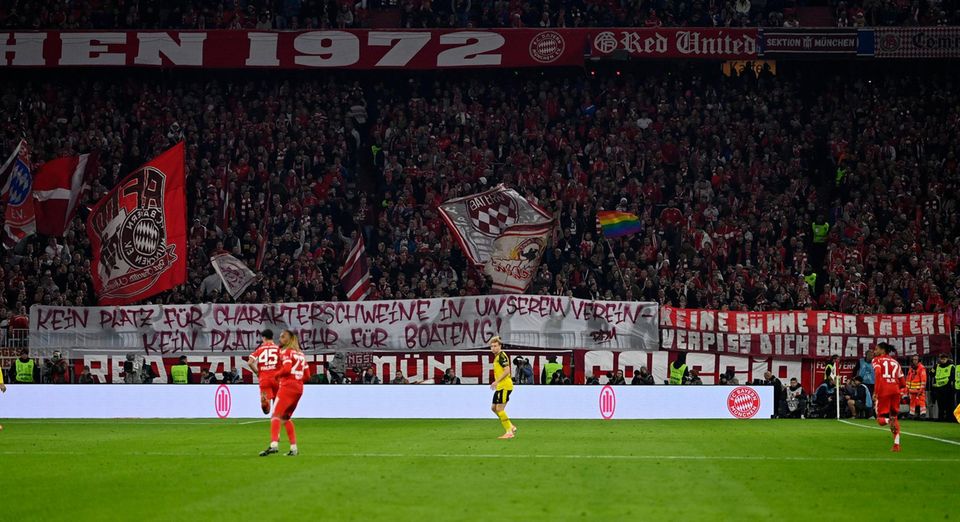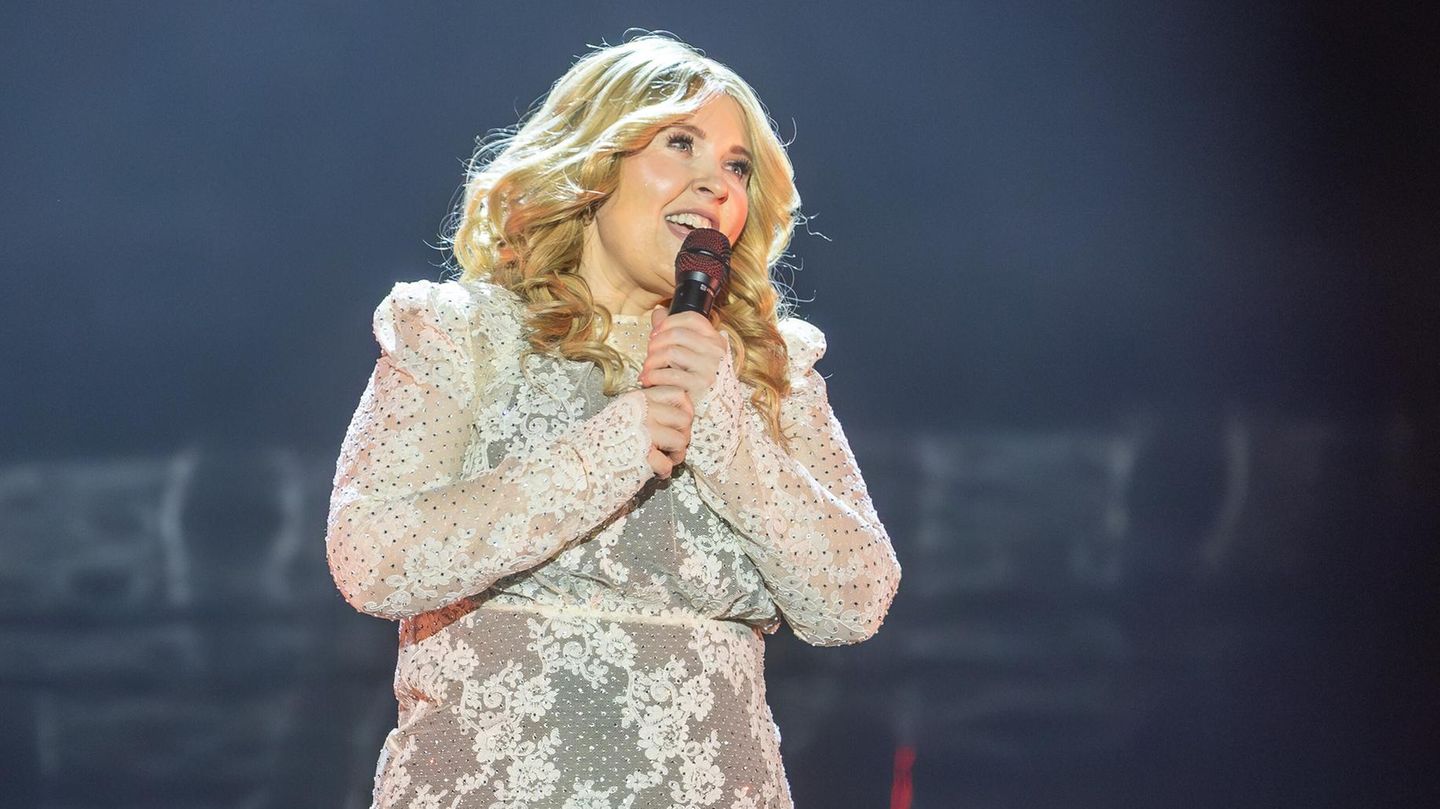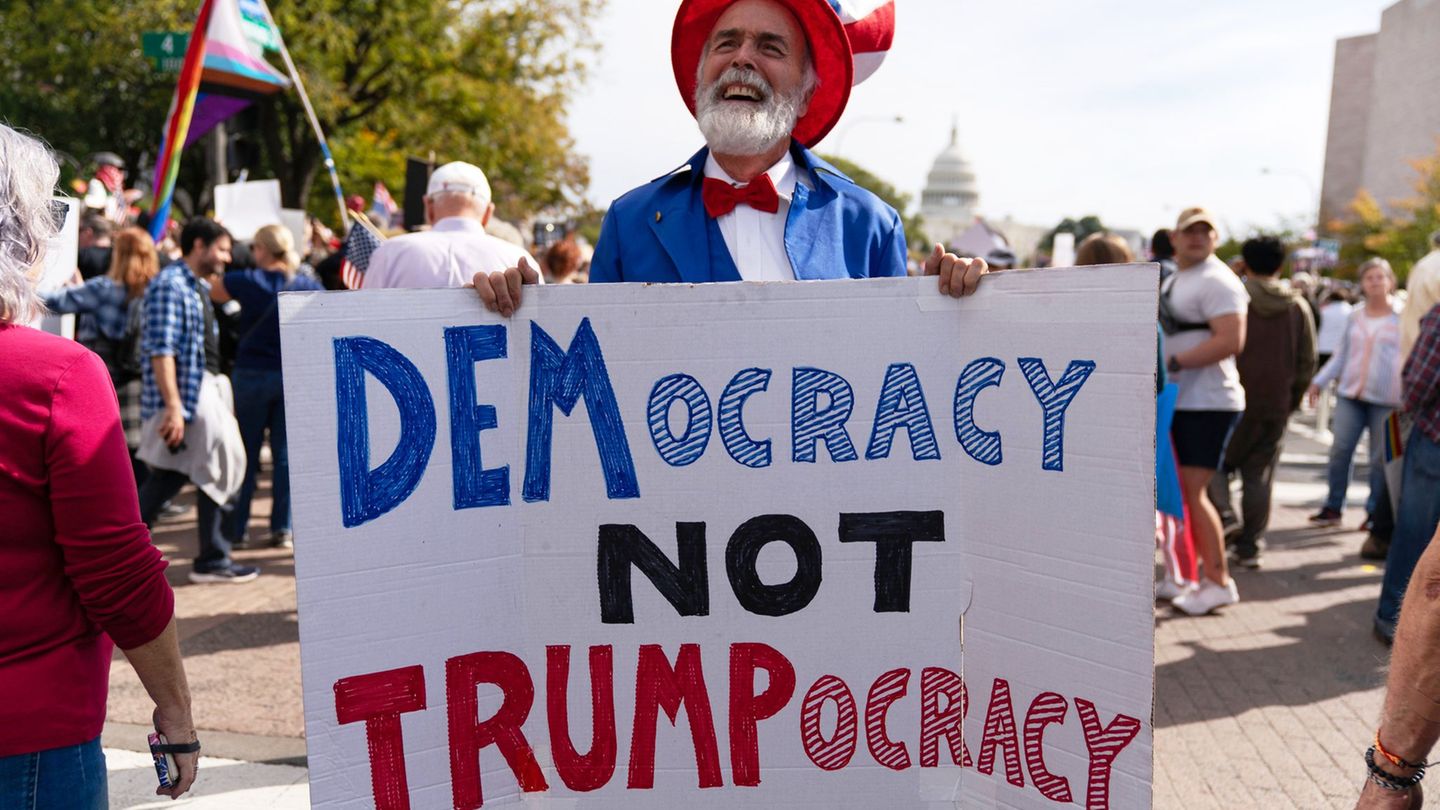The need for a healthy lifestyle also increases the demand for non-alcoholic sparkling wine. At the same time, modern technologies of dealcoholization improve the taste of this sparkling wine.
Whether it’s a reception, an anniversary or a festive meal: when champagne corks pop in Germany, non-alcoholic sparkling wine is also used more and more frequently. The range of dealcoholized sparkling wines offered by wineries, winegrowers’ cooperatives and commercial wineries has increased significantly in recent years, says Ernst Büscher from the German Wine Institute. According to the industry, this trend is continuing with the trend towards conscious nutrition and an at least selectively alcohol-free lifestyle such as “Dry January”.
At around 23 million bottles, sales of non-alcoholic sparkling wine in 2021 were significantly higher than that of dealcoholized wine (5 million bottles); the figures relate mainly to food retail. Büscher gives the non-alcoholic variant as a six percent share of sparkling wines consumed in Germany. According to internal surveys, the Association of German Sektkellereien (VDS) assumes a market share of around five percent for 2021 and a sales increase of 7.3 percent compared to 2020. “The trend is continuously growing, as is the variety of brands in this niche segment,” says VDS Managing Director Alexander Tacer. Figures for 2022 are not yet available.
The Germans love sparkling wine
“We are also active in the non-alcoholic sparkling wine market with all our core brands. The segment is growing steadily and there is also increasing international demand,” says Henkell Freixenet spokesman Jan Rock. “The Germans love sparkling wine, and accordingly they have the edge when it comes to non-alcoholic sparkling wine.”
The Strauch sparkling wine manufacturer in Osthofen, Rhineland-Palatinate, started making non-alcoholic sparkling wine around five years ago when the managing partner was pregnant. “Marketing was very difficult at the beginning,” remembers Isabel Strauch-Weissbach. Non-alcoholic and vegan organic sparkling wines now make up 20 percent of the Rheinhessen range.
Especially popular with young people
According to a representative study by Geisenheim University and the VDS in October 2022, around 44 percent of consumers have already tried non-alcoholic sparkling wine. It is particularly popular with younger people under the age of 30. And: “Women, at 54 percent, are much more willing to experiment than men.”
“Cool Sober Drinking – the conscious alcohol-free enjoyment – is currently developing into a lifestyle,” says marketing manager Cathrin Duppel from Rotkäppchen-Mumm Sektkellereien GmbH. According to a Yougov survey last summer, almost half of the people in Germany said categorically “No” to drinks containing alcohol. Alcohol rejection is particularly high among young adults. The change in mood that is often sought after when consuming alcohol is no longer so often desired, says Duppel.
Trend towards premiumization
Is the taste also an argument for serving? “Thanks to the use of new technologies and process optimisations, the taste of dealcoholized wines and sparkling wines has developed very positively in recent years,” reports Büscher. “In this segment, a trend towards premiumization can also be observed recently.”
Duppel also sees a much better taste than in the early years, but adds: “The category is not quite as advanced as it is with beer.” Strauch-Weissbach says: “If you drink them next to each other, you can taste the difference.” But if you drink the non-alcoholic first, you will taste “a very, very good alternative”.
“The dealcoholization of the wines is now done very gently at relatively low temperatures of less than 30 degrees Celsius by vacuum distillation or in a centrifugal cone column,” explains Büscher. When selecting the base wines, aromatic grape varieties and good quality are required so that the lack of alcohol can be compensated for. “Because alcohol is a flavor carrier, like the fat in food.”
Carbon dioxide compensates for the lack of alcohol
The sparkling wine has an advantage over the wine: “With the sparkling wines without percentage by volume, the carbonic acid compensates for the missing alcohol quite well,” says Büscher – and explains: “Dealcoholized sparkling wines are created by adding the alcohol to a wine, which is produced by the fermentation of the sugar has arisen, withdraws it again and adds carbonic acid to the dealcoholized wine.” According to wine law, non-alcoholic sparkling wine must be labeled as a “foaming drink made from non-alcoholic wine” and the alcohol content must be less than 0.5 percent by volume.
Duppel is proud of their company’s special “spinning cone technology”. The bouquet sticks to the wall due to the heating in the vacuum and can thus be separated before the dealcoholization. With this method, Little Red Riding Hood wants to achieve a sparkling wine with 0.0 percent alcohol this year. This is too strict for some consumers, but also enables other target groups such as pregnant women to be developed.
Source: Stern
Jane Stock is a technology author, who has written for 24 Hours World. She writes about the latest in technology news and trends, and is always on the lookout for new and innovative ways to improve his audience’s experience.




